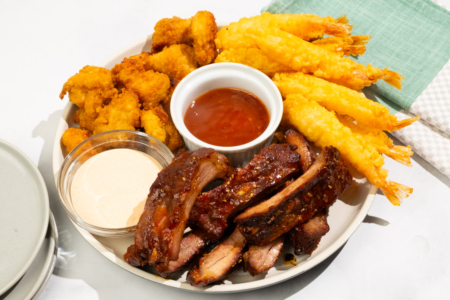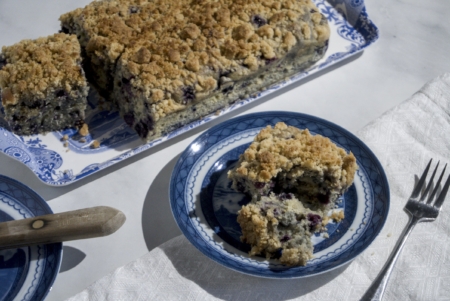Mild, buttery, and tender, ackee is synonymous with Jamaican cuisine. Learn more about how to cook this beloved Caribbean fruit and what makes it so delicious – and a little dangerous.
History
Although ackee is widely recognized as the national fruit of Jamaica, it doesn’t actually originate from this Caribbean country. Ackee was first brought to Jamaica in the 1700s on a slave ship coming from West Africa. Its name is a derivative of “Ankye”, the original name of the fruit in Ghana. The fruit flourished in Jamaica’s warm climate and became widespread on the island.

Flavor and Texture
Ackee has a delicate nutty flavor and buttery richness with subtle vegetal undertones. The overall taste of the fruit is very mild, easily soaking up the flavors of the spices, herbs, or aromatics it’s prepared with.
Fresh ackee is smooth and slick with a hard texture. Once cooked, it becomes buttery soft and tender while still retaining the shape of the individual pods.

Production
Most ackee comes from Jamaica, where the fruit is picked, deseeded, and thoroughly cleaned before being canned and exported.
Outside of Jamaica, you’re highly unlikely to find fresh ackee being sold. This is because the fruit contains high levels of the hazardous toxin hypoglycin. The hypoglycin is dissipated when the ackee opens its pods naturally and is further reduced when they’re deseeded and cleaned.

Uses
The most popular use of ackee is in Jamaica’s national dish, ackee and saltfish. The fresh and nutty flavor of ackee complements the intense brininess of the saltfish. For a truly authentic experience, serve the dish with boiled green bananas, Jamaican spinners, and johnnycakes. Their sweetness will further balance out the saltiness of the fish. Try adding canned ackee to our Jerk Chicken recipe to try this delicious ingredient for yourself.

Ackee is also becoming increasingly popular as a vegan substitute for scrambled eggs. When broken down through cooking, ackee has a similar appearance and texture as the breakfast staple. The cream-colored fruit turns a vibrant yellow and takes on a soft and fluffy texture. While it doesn’t taste like scrambled eggs, it can easily absorb the flavors of any seasonings you add as it has such a mild flavor on its own.
Feature Image: Flickr user Elizabeth Thomsen ( CC BY-NC-SA 2.0 )



